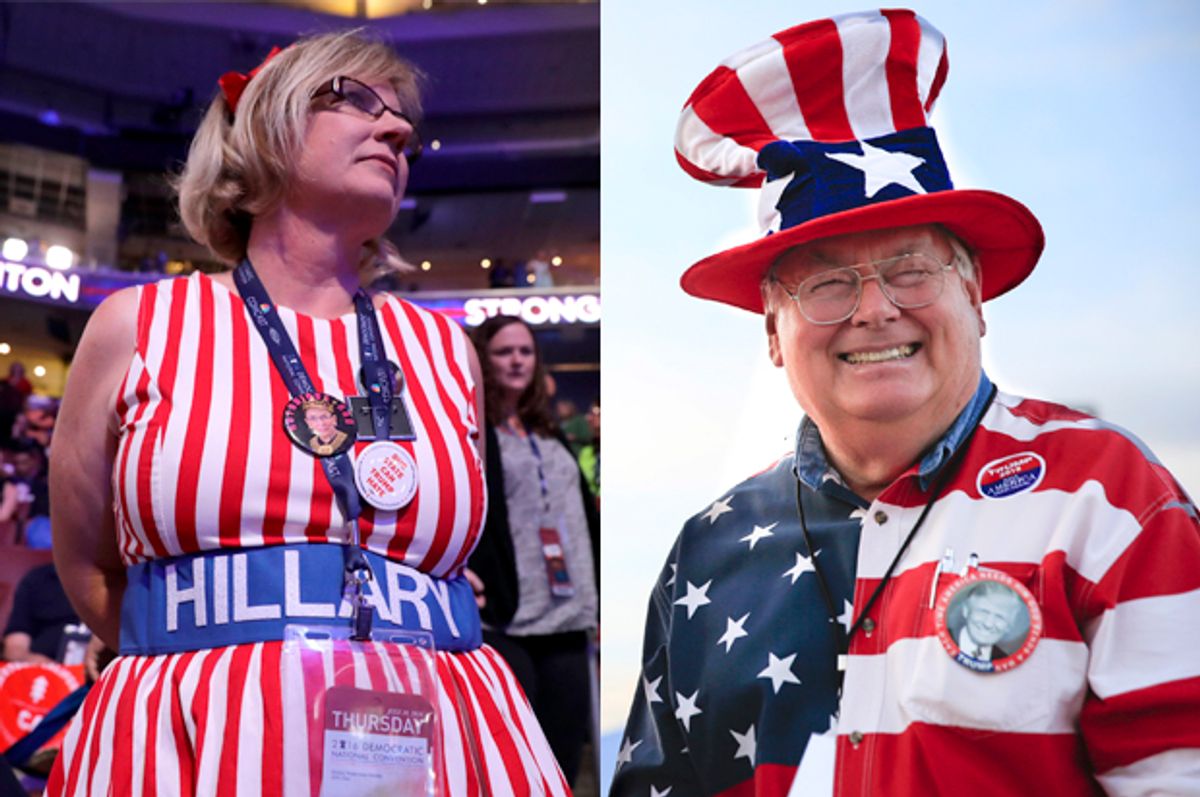A Gallup survey released on Tuesday has found that, while more Americans still identify as conservative than liberal, that gap is shrinking.
"Many more Americans have considered themselves politically conservative than liberal since the early 1990s," Gallup wrote. "That remained the case in 2016, when an average of 36 percent of U.S. adults throughout the year identified themselves as conservative and 25 percent as liberal. Yet that 11-point margin is half of what it was at its peak in 1996 and is down from 14 points only two years ago."
The survey found that only 36 percent of Americans self-identified as conservative in 2016. This is down from 38 percent in 2014, 39 percent in 2012, and 40 percent in 2009. By contrast, 25 percent of Americans self-identified as liberal in 2016, which is up from 23 percent in 2014, 22 percent in 2012, and 21 percent in 2009.
The authors of the study noted that conservative self-identification has consistently hovered between 36 percent and 40 percent since Gallup started measuring political ideology in 1992. Moderates used to be the largest group, but that number has gradually declined until conservatives became the largest group in 2003.
"Most of the long-term change in Americans' political views occurred after 2000 and can be explained by one overarching factor — an increasing likelihood of Democrats (including independents who lean Democratic) to self-identify as liberal," Gallup writes. "Democratic liberal identification has increased by about one percentage point each year, from 30 percent in 2001 to 44 percent in 2016. As a result, liberalism now ranks as the top ideological group among Democrats."
This finding may help shed light on the surprising success of Sen. Bernie Sanders in his bid for the Democratic presidential nomination in 2016. Sanders' campaign was fueled by his overwhelming support among voters who identified as independents rather than as Democrats; although the perception is that independents are more likely to be moderate, the Sanders independents tended to be to the left of his chief rival, Hillary Clinton, on a number of issues.

Shares